Jan Kattein explores Brian Holland’s compelling new book, which brings together 15 practitioners reimagining architecture as a tool for justice, collaboration and civic empowerment. Through candid interviews and grounded insights, the book challenges the profession to rethink its values, allegiances and impact
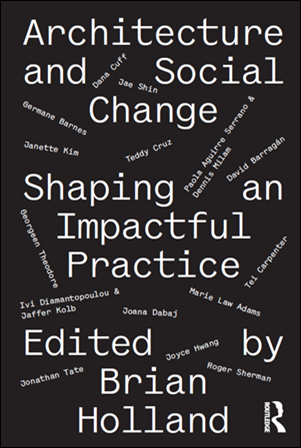
Brian Holland’s new book opens up an urgent debate. Through 15 captivating interviews, Architecture and Social Change: Shaping an Impactful Practice takes on a range of knotty issues, from our accountability to communities and the natural environment to issues of design authorship and spatial justice. Holding all these stories together is a commitment to a new way of doing architecture, a distinct departure from architecture with a capital A to a practice that is rooted, engaged and purposeful.
What does it mean to practise as an architect when increasing inequality makes the housing and cultural facilities that we build inaccessible to the majority? What is our response to communities affected by climate change when our activities contribute to its aggravation and consequently people’s suffering? And how do we unshackle architecture from an economic system that has seen our work used to consolidate power rather than distribute it?
The 15 interviews can be understood as 15 sketches of alternative forms of practice that, despite all their inherent economic and systemic challenges, are already changing the lives of people around the globe. Architecture and Social Change embraces ethical and philosophical debate, but it is also full of pragmatism, illuminating in detail the methods and approaches that architects have taken to tackle the challenges of ordinary citizens. There are stories of advocacy leading to legislative change, of entrepreneurism, of collaboration and of pure ingenuity in the context of scarce resources.
The book has 3 chapters. ‘Taking the Initiative’ discusses approaches to practice where architects have undertaken speculative or entrepreneurial activities to leverage civic benefits. ‘Empowering Communities’ portrays practice as a form of engagement, with practitioners deeply committed to enabling communities through open and collaborative design processes. A+SC tackles the contradictions and consequences of impactful practice.

The book concludes with Teddy Cruz explaining how the formation of development coalitions between those who design, build and use buildings can promote citizenship and embed democratic governance. And Dana Cuff speaks about being a public servant in her role as a professor at UCLA, and how this position shifts her sense of accountability. Both remind us of the unique position that the profession occupies in cutting across systems of governance and, consequently, what huge responsibility we have in upholding democratic values and speaking up for injustice.
A recurring point of contention in the book is that of the relationship between practice and activism. Can you be a professional tasked with managing compliance on behalf of your client and, at the same time, be an activist challenging conventions? Would shifting our alliances from serving wealthy patrons to servicing the public good resolve an age-old conflict of interest? Or is a level of ambiguity helpful for maintaining creative innovation and establishing us as brokers, negotiators and translators between different interest groups?
Collaboration with communities, city officials and other professionals is common to the new form of practice that the book describes. Holland embraces this as a methodology for writing the book itself. His voice alternates with that of the students at the University of Arkansas with whom he colludes in the role of interviewer. The students’ imminent graduation and departure into practice grounds the discussion and gives the debate urgency and resolve.
There is a beautiful allegory here, where Holland, in his role as the editor of many voices, embodies the role of the impactful practitioner that the book describes.
Although Architecture and Social Change has an international outlook, with contributions from Joana Dabaj, founder of Catalytic Action, an organisation working with communities in Lebanon, and David Barragán of Al Borde, who is based in Ecuador, there is a sense that the book remains overwhelmingly situated in the United States. Architects operate in the international realm. Many of the contributors in the book have studied abroad, are exhibiting worldwide or practising across borders. Reformulating architectural practice needs our common intelligence, including that from practices in Africa and Europe. So maybe Architecture and Social Change needs a sequel.
It wouldn’t be fair to expect the book to provide comprehensive answers to the weighty, complex and interconnected issues it raises. Yet, it has certainly convinced me that the answers are there, at the fringe of the profession, buried amidst the day-to-day struggle to survive as a small practice and the challenges of claiming the airwaves. Closing the back cover on the book, you leave in hope, knowing that it is only a question of time until the fringe becomes the profession.
>> Also read: Jan Kattein: architect as catalyst – ‘A transformational impact can be achieved with limited means’
>> Also read: Beyond the optics: identity, class and the politics of equality in architecture and the arts
Postscript
Architecture and Social Change: Shaping an Impactful Practice, is edited by Brian Holland and published by Routledge.
Jan Kattein is the founder of Jan Kattein Architects. He is an architect, writer and lecturer.





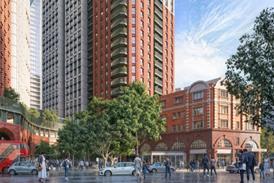

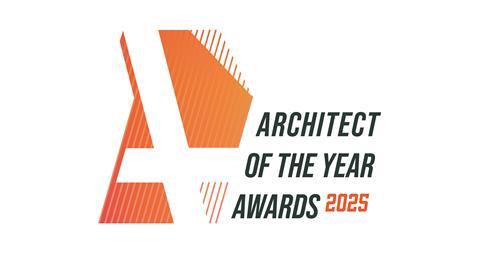

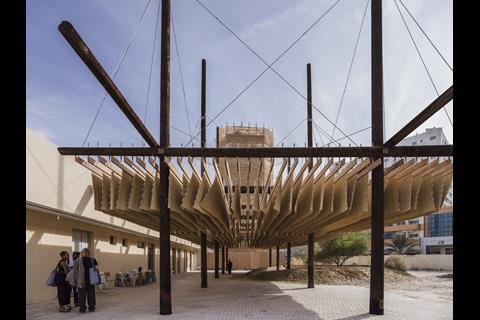

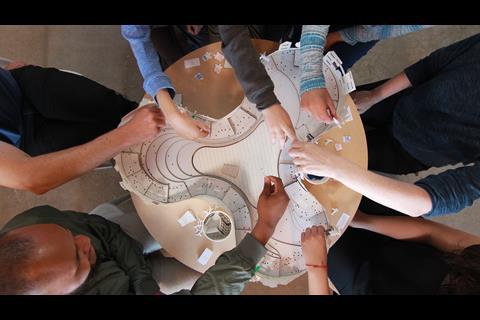
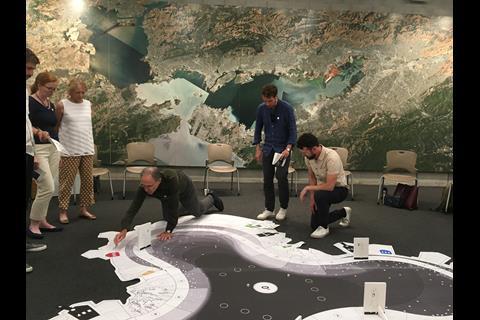
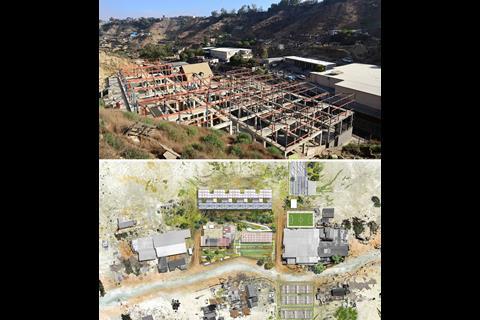







No comments yet